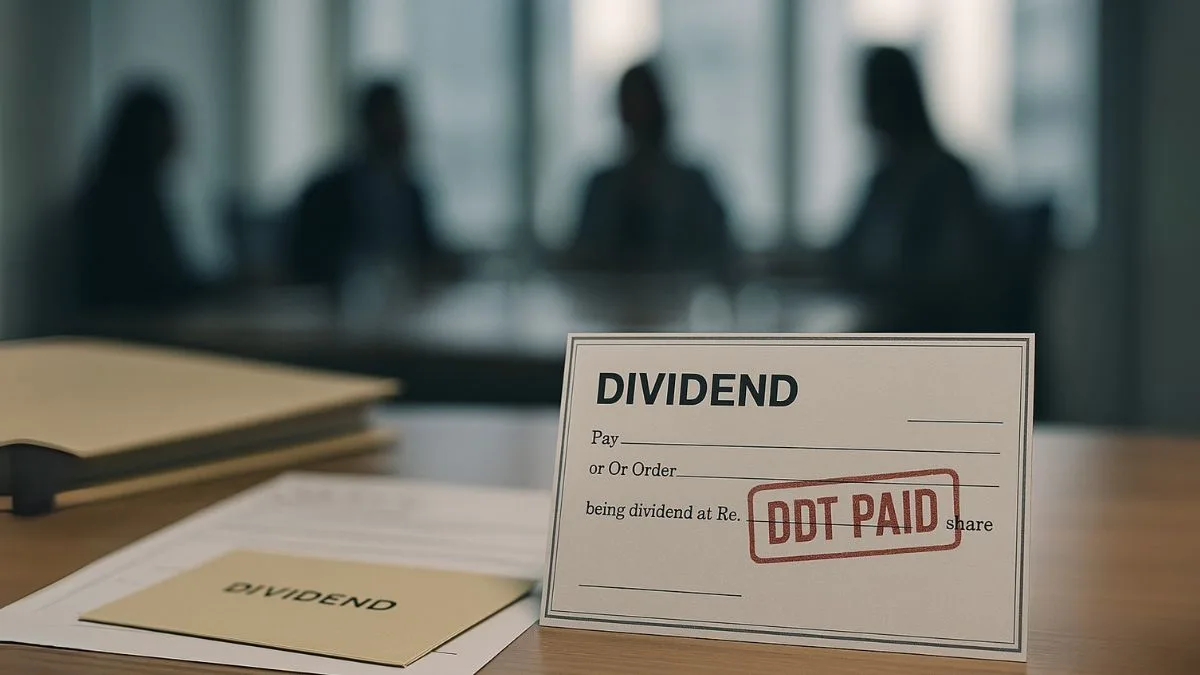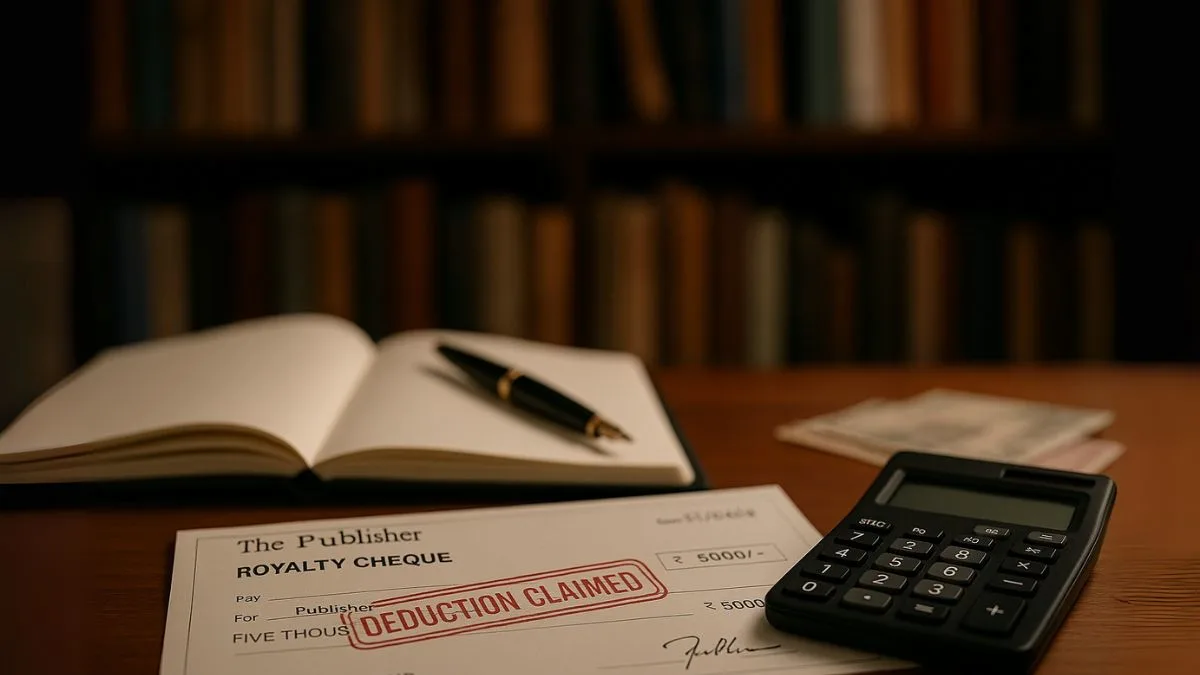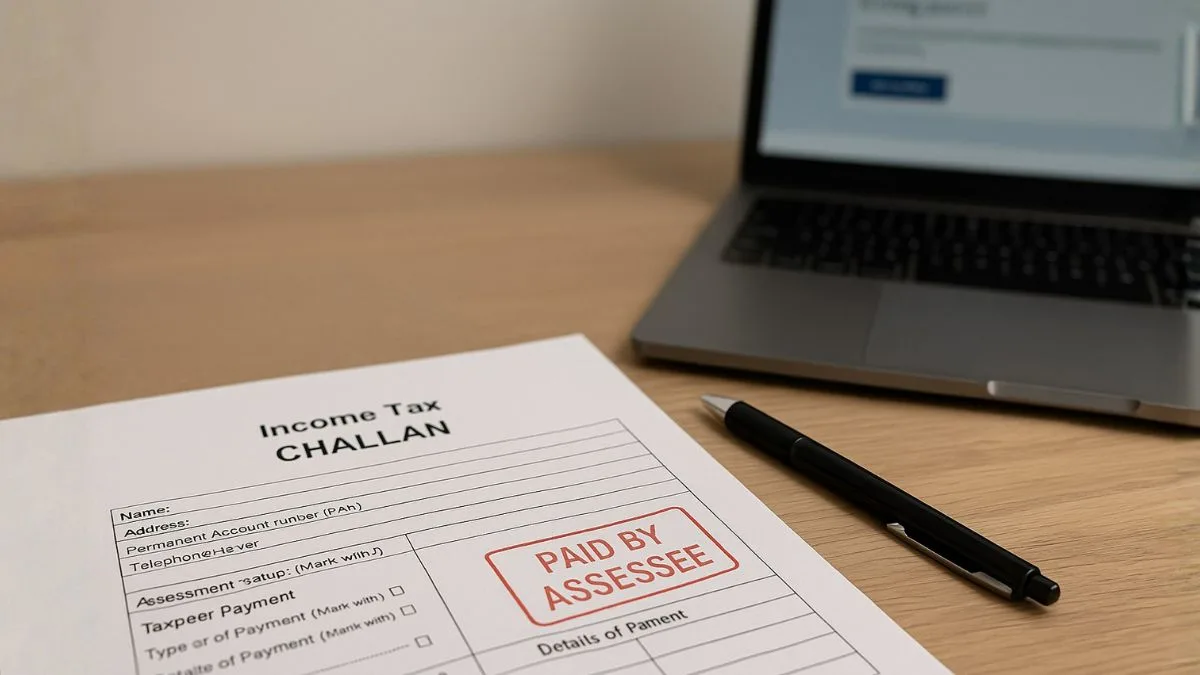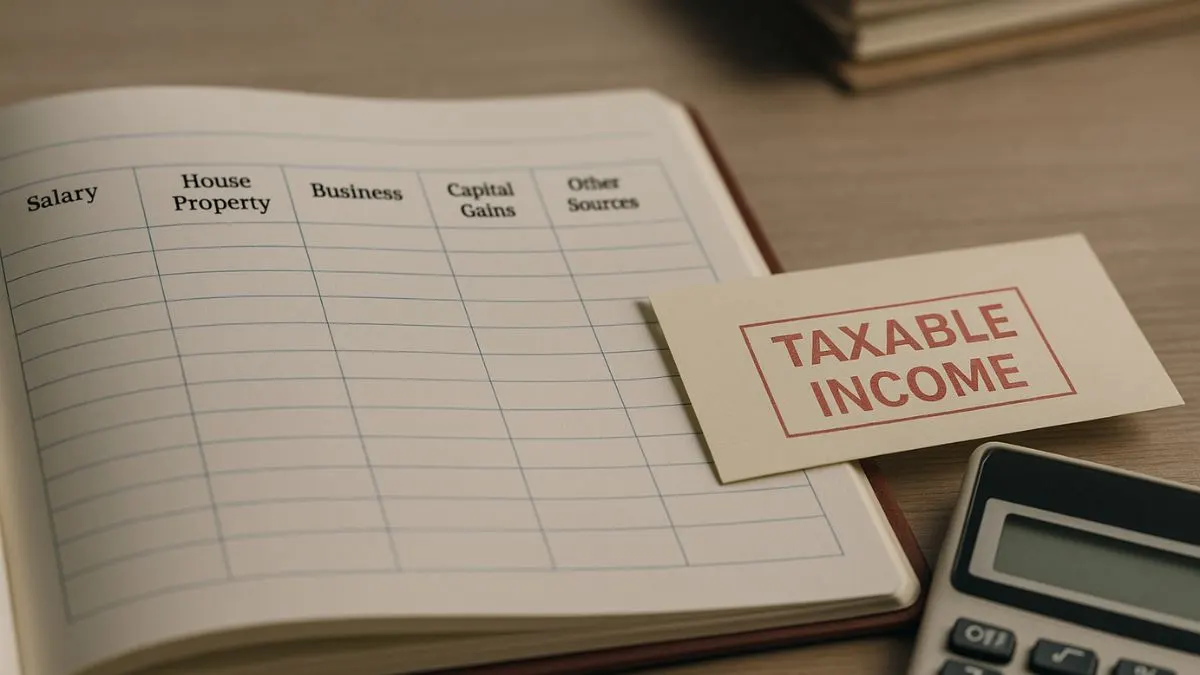
The Indian tax system recognizes that some organizations function for the greater public good rather than private profit. To support such institutions, the law provides them tax exemptions so that more resources can be directed towards welfare and development. One such provision is Section 10(46) of the Income Tax Act, which exempts the income of specified bodies, authorities, and institutions notified by the government.
Through this section, the Central Board of Direct Taxes (CBDT) issues notifications from time to time, granting exemptions to eligible entities. This ensures that income such as grants, fees, or even certain capital receipts do not get taxed, allowing these institutions to fulfill their objectives more effectively.
Understanding Section 10(46) of the Income Tax Act
At its core, Section 10(46) of the Income Tax Act deals with tax exemptions for certain authorities and institutions. The section empowers the CBDT to notify specific entities whose income will not be included in the total taxable income.
This includes statutory bodies, regulatory authorities, and institutions working under government supervision. The exemption covers income from various sources like:
- Grants and subsidies received from the government.
- Income from fees, charges, and fines collected in the course of official duties.
- Capital receipts that would otherwise be taxable.
Thus, Section 10(46) acts as a powerful tool to ensure that entities serving public interest are not burdened with unnecessary tax liabilities."
Exemption from Tax on Capital Gain
One of the significant benefits under this section is that it provides an exemption from tax on capital gain for notified entities. For example, if a statutory authority sells an asset and earns capital gains, that income is exempt from taxation under Section 10(46), provided the entity is notified by the CBDT.
This exemption ensures that funds generated from such transactions can be reinvested into developmental activities or used for public welfare rather than being diverted towards tax payments.
By including capital gains exemption, the law further strengthens the financial stability of these institutions & allows them to serve their core objectives without financial strain.
Also Read: LIC & Tax Secrets: The Section Every Policyholder Must Know
Role of CBDT in Granting Exemption
The CBDT notifies certain entities for exemption under Section 10(46). This means that exemptions are not automatic – an entity has to be specifically recognized by the CBDT through a formal notification published in the Official Gazette.
The process involves:
- Submission of an application by the concerned authority or institution.
- Examination by the CBDT of whether the entity qualifies under the criteria.
- Issuance of a notification granting exemption for a specified period.
Only after such notification is issued can the entity legally claim exemption under Section 10(46). This system ensures that exemptions are granted only to genuine bodies that work under statutory authority or government mandate.
Entities Eligible for Section 10(46) Exemption
Entities commonly notified under this section include:
- Regulatory authorities such as financial and industrial boards.
- State-level statutory authorities set up for development purposes.
- Public trusts or institutions performing functions delegated by the government.
The key factor is that the organization should not function for private profit but rather for public benefit. Moreover, the income must be applied towards fulfilling its statutory or developmental objectives."
Income Types Exempted under Section 10(46)
The exemption under this section is broad & covers several categories of income, including:
- Grants and subsidies received from central or state governments.
- Income from fees or charges collected in the course of performing regulatory functions.
- Fines and penalties imposed as part of statutory duties.
- Capital receipts, including sale proceeds of assets, subject to CBDT notification.
By exempting these income types, the law ensures that notified entities have greater financial independence & can allocate more funds towards growth and welfare.
How to Claim Exemption under Section 10(46) of Income Tax Act
While the notification is issued by CBDT, entities must also ensure proper compliance to claim the exemption. The steps generally include:
- Application to CBDT – Entities must submit relevant documents, objectives, and financial statements.
- Review by CBDT – Authorities verify the authenticity and functions of the institution.
- Notification Issued – CBDT issues a Gazette notification granting exemption.
- Compliance – The entity must maintain proper accounts and use income strictly for its statutory purposes.
Failure to adhere to these compliance requirements may result in cancellation of exemption status.
Also Read: Penalties for Non-Compliance
Examples of Entities Notified under Section 10(46)
Over the years, several institutions have been granted exemptions under Section 10(46). These include:
- Agricultural market boards.
- Industrial development authorities.
- Regulatory commissions for energy, finance, and trade.
- State development corporations.
Such authorities often collect fees, charges, or penalties in the course of their operations. Without exemption, such income would become taxable, reducing their ability to carry out developmental work.
The notification system ensures that only genuine institutions serving public purposes benefit from tax relief."
Difference Between Section 10(23C) and Section 10(46)
A common query arises regarding the difference between Section 10(23C) & Section 10(46). While both provide exemptions, their scope differs:
- Section 10(23C) – Primarily deals with charitable and educational institutions.
- Section 10(46) – Applies to statutory authorities and regulatory bodies notified by CBDT.
Thus, while charitable trusts rely on 10(23C), government-mandated regulatory authorities depend on 10(46) for tax exemptions.
Recent Notifications and Amendments
The CBDT continuously updates the list of entities eligible for Section 10(46) exemptions. Notifications are issued from time to time to either include new authorities or extend the exemption period of existing ones.
For instance, various state industrial development authorities and agricultural boards have been repeatedly notified for exemption. This ensures their income, whether from fees or capital gains, remains tax-free as long as they function within the law.
Importance of Section 10(46) in Indian Taxation
The provision has multiple benefits for the Indian economy:
- It empowers statutory bodies to function without financial stress.
- It ensures that income earned for public welfare is not diverted as tax.
- It promotes transparency by requiring CBDT approval and official notifications.
By exempting statutory bodies, Section 10(46) strengthens the foundation of governance and development in India.
Also Read: Gratuity & Taxes: The Section That Can Put More Money in Your Pocket
Conclusion
In conclusion, Section 10(46) of the Income Tax Act is a critical provision that provides an exemption from tax on capital gain and other income sources for statutory authorities and institutions. Since the CBDT notifies certain entities for exemption under Section 10(46), only genuine, government-backed institutions benefit from this relief.
For such entities, this exemption ensures greater financial independence, allowing them to focus entirely on their objectives without worrying about tax burdens. With periodic updates and strict compliance requirements, Section 10(46) continues to be an effective tool in strengthening governance and development.
💡 If you want expert help in understanding exemptions like Section 10(46) and claiming them correctly, visit Callmyca.com – your trusted tax partner for stress-free compliance.











